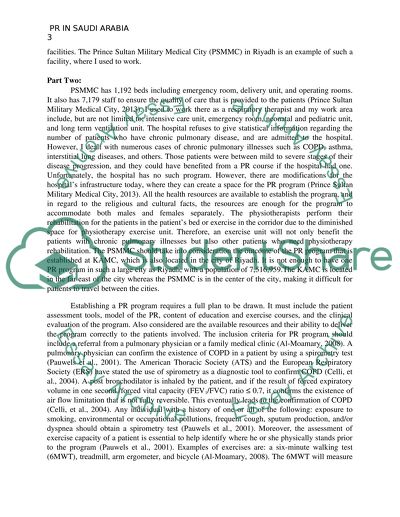Cite this document
(“Pulmonary Rehabilitation Program in Saudi Arabia Essay”, n.d.)
Pulmonary Rehabilitation Program in Saudi Arabia Essay. Retrieved from https://studentshare.org/health-sciences-medicine/1480965-proofreading
Pulmonary Rehabilitation Program in Saudi Arabia Essay. Retrieved from https://studentshare.org/health-sciences-medicine/1480965-proofreading
(Pulmonary Rehabilitation Program in Saudi Arabia Essay)
Pulmonary Rehabilitation Program in Saudi Arabia Essay. https://studentshare.org/health-sciences-medicine/1480965-proofreading.
Pulmonary Rehabilitation Program in Saudi Arabia Essay. https://studentshare.org/health-sciences-medicine/1480965-proofreading.
“Pulmonary Rehabilitation Program in Saudi Arabia Essay”, n.d. https://studentshare.org/health-sciences-medicine/1480965-proofreading.


